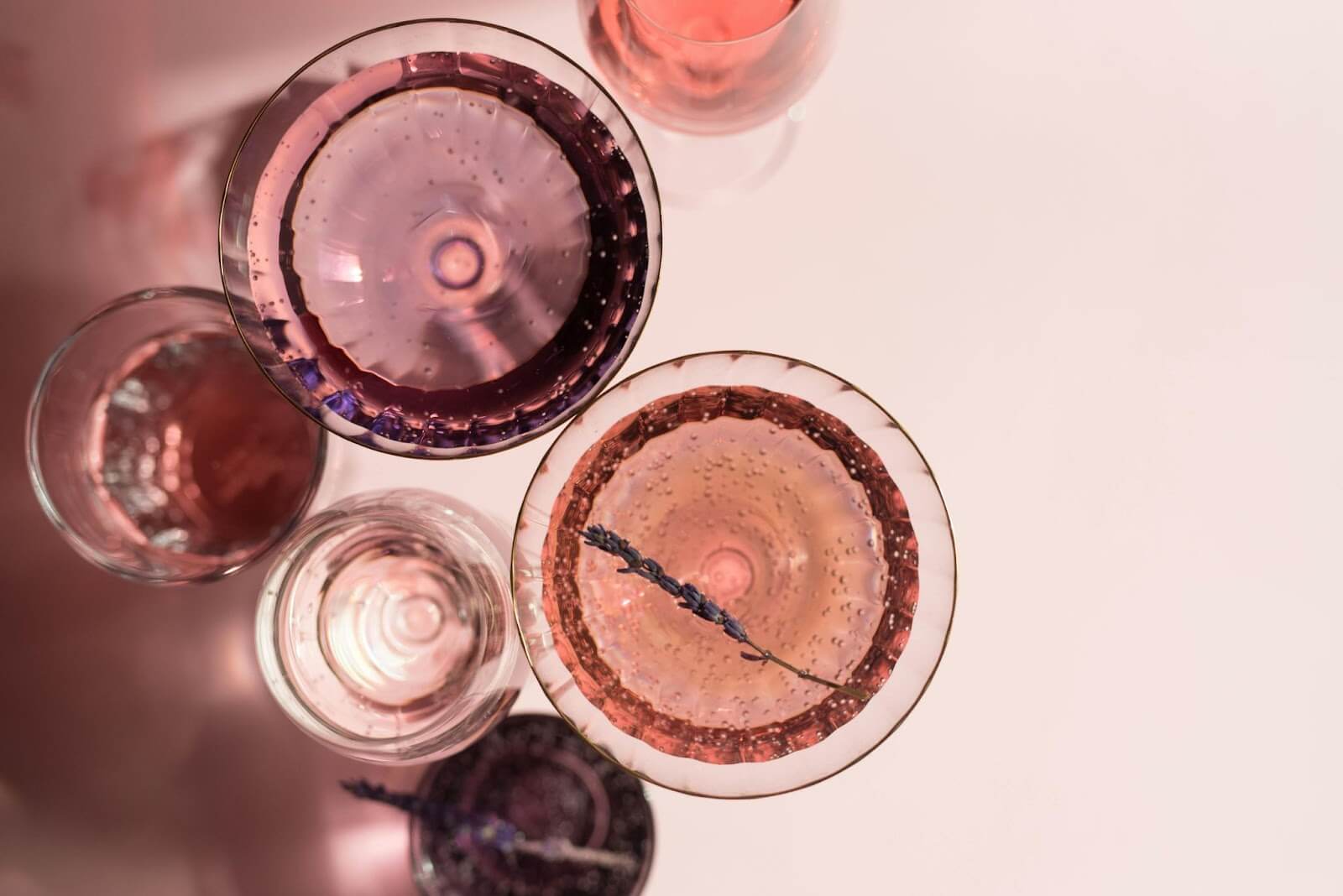Let us raise our glasses to Champagne and Prosecco, the most well-known sparkling wines that lend elegance and sparkle to global festivities. However, for health-conscious consumers who enjoy bubbles but also control their nutritional intake, comparing the calorie content of these two pleasures becomes critical.
What is the Difference Between Champagne and Prosecco?
Champagne and Prosecco are sparkling wines with different origins, grape varietals, and manufacturing methods.
Champagne comes from France’s Champagne area and gets its name from there. It is made following the traditional or “Methode Champenoise” process, which includes a secondary fermentation in the bottle.
Champagne is made from three primary grape varieties: Chardonnay, Pinot Noir, and Pinot Meunier, and the tastes vary depending on the combination, from almond and orange zest to fresh apple and cherry.
Prosecco, on the other hand, is created mostly from the Glera grape and comes from Italy’s Veneto area. It uses the Charmat-Martinotti process, in which the second fermentation takes place in big steel tanks, adding to its fruity and flowery flavors, which are often evocative of green apple, honeydew, pear, and honeysuckle.
Caloric Content Comparison: Champagne vs Prosecco
Champagne
- Calories (per 5 oz serving): Typically, a 5 oz (150 ml) serving of Champagne has between 90 and 125 calories. The variation is mostly determined by the sugar level, with Brut Nature types at the lower end and Doux at the upper end due to leftover sugars.
- Factors Affecting Calories: The “dosage,” a combination added after the second fermentation, determines the sweetness level of the Champagne. More sugar in the dose means more calories.
Prosecco
- Calories (per 5 oz serving): A typical 5 oz serving of prosecco has between 80 and 120 calories. The sugar content influences the calorie count, as it does in Champagne, with Brut styles on the lower end and Demi-Sec types on the upper end.
- Factors Affecting Calories: including the sweetness level of the prosecco. However, because of the grape variety and fermenting procedure, Prosecco can typically contain fewer calories than Champagne at equal sweetness levels.
Benefits of Champagne
Aside from its notable reputation in the field of drinks, Champagne has various possible health advantages.
Rich in Antioxidants: Champagne, particularly those kinds with a greater Pinot Noir content, is abundant in antioxidants like polyphenols. These chemicals may help protect the heart and circulatory system.
Low in Calories: Champagne has fewer calories than many other alcoholic beverages, making it a healthier option.
Mood Enhancer: While not a physical health benefit, celebrating with Champagne may have a wonderful, elevating influence on one’s attitude.
Benefits of Prosecco
Prosecco, like Champagne, offers several health benefits:
Heart Health: Prosecco includes polyphenols, notably resveratrol, which may help improve heart health and reduce blood clotting.
Low in Calories: Prosecco is a low-calorie alcoholic beverage. When chosen carefully, it may fit into a variety of diet programs.
Vitamins: Prosecco contains certain necessary vitamins and minerals, including vitamin B2 and potassium.
Frequently Asked Questions
Is Prosecco or Champagne healthier?
This is subjective and determined by one’s nutritional objectives and tastes. Both drinks include polyphenols, which can improve heart health, and are fewer in calories than many other alcoholic beverages.
If you want to cut back on calories, a drier Champagne or Prosecco with less residual sugar is usually a better choice. However, Prosecco contains a higher concentration of some vitamins.
Is Prosecco the lowest-calorie alcohol?
Prosecco is one of the lowest-calorie alcoholic beverages, although it is not the absolute lowest. Because of their smaller serving volume, some spirits served neat or on the rocks, such as vodka or gin, are more likely to earn this moniker.
Is there more sugar in Prosecco or Champagne?
Again, it depends on the variety. Both Champagne and Prosecco are available in a variety of styles, including Brut Nature (extremely dry) and Doux or Dolce (quite sweet). Generally, the drier the type, the smaller the residual sugar and hence the calories.
Which contains more carbohydrates: Champagne or Prosecco?
The majority of the carbohydrates in any wine come from residual sugar. Because Champagne and Prosecco have similar sweetness levels, their carbohydrate content is equivalent. Drier styles often include less carbohydrates.
Conclusion
Assessing Champagne and Prosecco from a calorie-conscious perspective does not reduce their iconic position or enjoyment. Instead, it enables people to make educated decisions that are consistent with their eating habits.
Whether you favor the sophisticated and sumptuous bubbles of Champagne or the fruity and flowery vivacity of Prosecco, remember that moderation is essential for enjoying these wines while keeping a healthy lifestyle.
If you enjoyed this article, you may also want to read this article Rejuvenating Your Liver: Natural Remedies for Gentle Detox After 45.
*This information is not intended to serve as a substitute for professional medical or dietary advice tailored to individual needs.




